2026 Author: Erin Ralphs | [email protected]. Last modified: 2025-06-01 05:35:55
Special ambulances are used for urgent transportation of patients or providing them with emergency care at home. Vehicles of this category, when leaving for a call, have an advantage on the road, they can pass a prohibitory traffic signal or move in the oncoming lane, without fail turning on special sound and signal beacons.
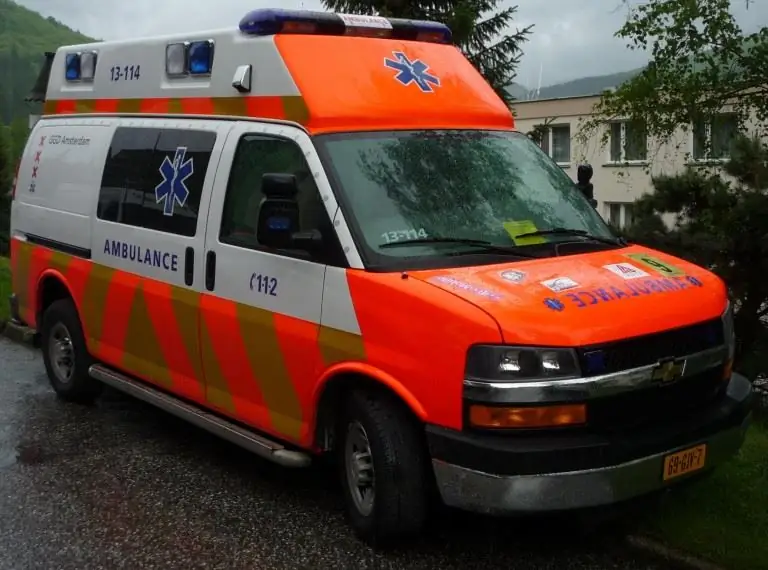
Linear category
This is the most common variation of ambulances. In our country, for line crews, modifications of ambulance carriages based on the Gazelle, Sobol with a low roof, UAZ and VAZ-2131 SP (oriented to the countryside) are most often provided.
In accordance with international standards, these machines, due to the insufficient dimensions of the cabin, can only be used to transport people who do not require urgent medical care. According to European requirements, transport for basic treatment, monitoring and transportation of patients requiringemergency intervention, should have an enlarged working part.
Reanimobiles
According to GOST, ambulances for resuscitation, cardiology, toxicology teams and intensive care doctors must comply with a certain category. As a rule, these are vehicles with a high roof, equipped with devices for conducting intensive events, monitoring the condition and transporting the patient. In addition to the standard set of drugs and special devices for linear analogs, they must have a pulse oximeter, perfusors and some other equipment, which we will discuss in more detail below.
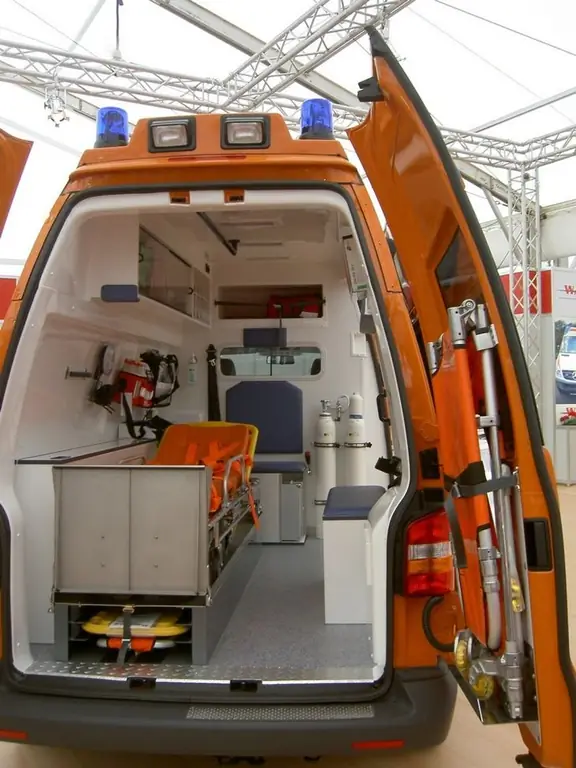
In fact, the purpose of the brigade is determined not so much by the equipment of the resuscitation vehicle, but by the qualifications of the personnel and the profile of the disease for which it is used. There are special analogues of resuscitation machines for children, which is a rarity in our country. As far as we know, even in Moscow there is only one such brigade - in the Filatov Children's Clinical Hospital.
Neonatal Model for Newborns
The main difference between this type of ambulance is the presence of a special compartment for a newborn patient (an incubator-type incubator). It is a rather complex device in the form of a box with opening walls made of transparent plastic. It maintains an optimal stable temperature and humidity level. The doctor can monitor the condition of the baby, the work of vital organs. If necessary, he connects the artificialbreathing, oxygen and other devices that ensure the survival of a small patient. This is especially important for premature babies.
Neonatological ambulances are assigned to special centers for nursing newborns. For example, in Moscow it is City Clinical Hospital No. 13, 7, 8, in St. Petersburg - a specialized advisory center.
Other modifications
Among other medical transport options, the following options can be noted:
- Obstetric and gynecological emergency. They are as similar as possible to their linear counterparts, equipped with a stretcher for the mother and an incubator for the newborn.
- The so-called transportation. These are usually old ambulances based on a used linear UAZ or GAZ, designed to transport a patient from one clinic to another, for example, for a special examination.
- Hearse. This is a specialized van for transporting corpses to morgues. As a rule, the car accommodates four bodies placed on special stretchers. The external difference of transport lies in the presence of windows on the body part. There are modifications in which the van is not one with the cab. In small towns, such vehicles are usually assigned to city or district morgues.
- Aviation. Medical helicopters and airplanes are predominantly used in well-developed countries. In Russia, medical aviation takes place in rescue services and remote northern regions.

Classes of ambulances
Depending ondimensions, equipment and technical parameters, there are three categories of ambulances:
- Class "A". Transport for the transport of patients who do not require urgent hospitalization and emergency care. All linear machines belong to this category. As a rule, such teams are called to people who complain of fever, pressure or minor injuries.
- Category "B". Emergency ambulances. The vehicles are designed to carry out various therapeutic measures along the way, they are equipped with appropriate equipment and medicines. The team usually consists of an orderly, a driver and two paramedics.
- Class "C". Ambulances that serve to provide professional care to patients. The team has experienced specialists who have the ability to monitor and maintain the vital functions of the patient. Transport is equipped with modern necessary equipment; doctors can conduct diagnostic tests during the movement.

Equipment of ambulances
Below is a table showing the drugs and equipment available on board the ambulances, depending on their category.
| Equipment of ambulance crews | Class A | Class B | Class C |
| Infusion set NISP-05 | - | - | 1 |
| Trauma Kit NIT-01 | - | - | 1 |
| NISP-06 obstetric kit and NISP resuscitation kit | - | 1 | 1 |
| NISP-08 Paramedic Assistance Kit | 1 | - | - |
| Plant stretcher NP | 1 | 1 | 1 |
| Water and longitudinal folding stretcher | - | 1 | 1 |
| Defibrillator | - | 1 | 1 |
| TM-T Ventilator | 1 | 1 | 1 |
| Device for inhalation anesthesia | - | 1 | 1 |
| Pulse oximeter | - | 1 | 1 |
| Nebulizer, glucometer, peak flowmeter | - | 1 | 1 |
| Splint sets for hip and neck fixation | 1 | 1 | 1 |
| Reduced Type Medical Gas Cylinder | 1 | 2 | 2 |
| Injection stand | - | 1 | 1 |
Interesting facts
In history and the modern era, there are cases when non-traditional vehicles, sometimes very original ones, were used as rapid medical response carriages. For example, during the Second World War in large cities, trams often acted as an ambulance. This was due to the fact that almost all road transport, not to mention specialized medical vehicles, was mobilized to the front lines.
Along the line of demarcation, also during the Second World War, ambulance trains ran, which can be classified as emergency aid very conditionally. They were entrusted with the obligation to urgently transport the wounded and sick from the frontline zone to hospitals.
In the remote territories of modern Russia (in the taiga regions of Siberia and the Far East), snowmobiles or all-terrain vehicles serve as ambulances. The peoples of Chukotka and other regions of the Far North often use reindeer harnesses to deliver patients. In some regions, both now and in the past, the fastest way to get to the hospital is by water. "Floating" hospitals are used there (boats with motors, boats, motor ships).
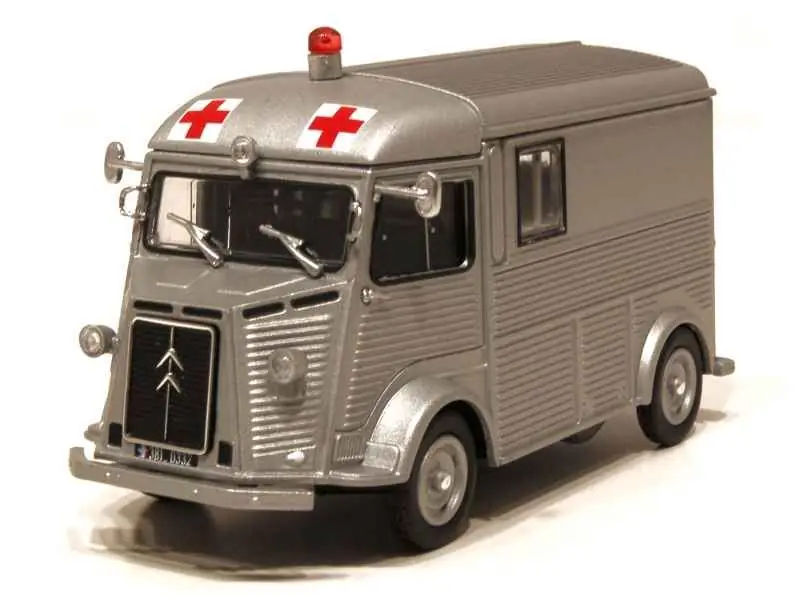
Finally
In most domestic cities, it is the most popular ambulance GAZ-32214 or 221172. It is these carsmost often go to standard calls, have minimal equipment, while saving many lives.
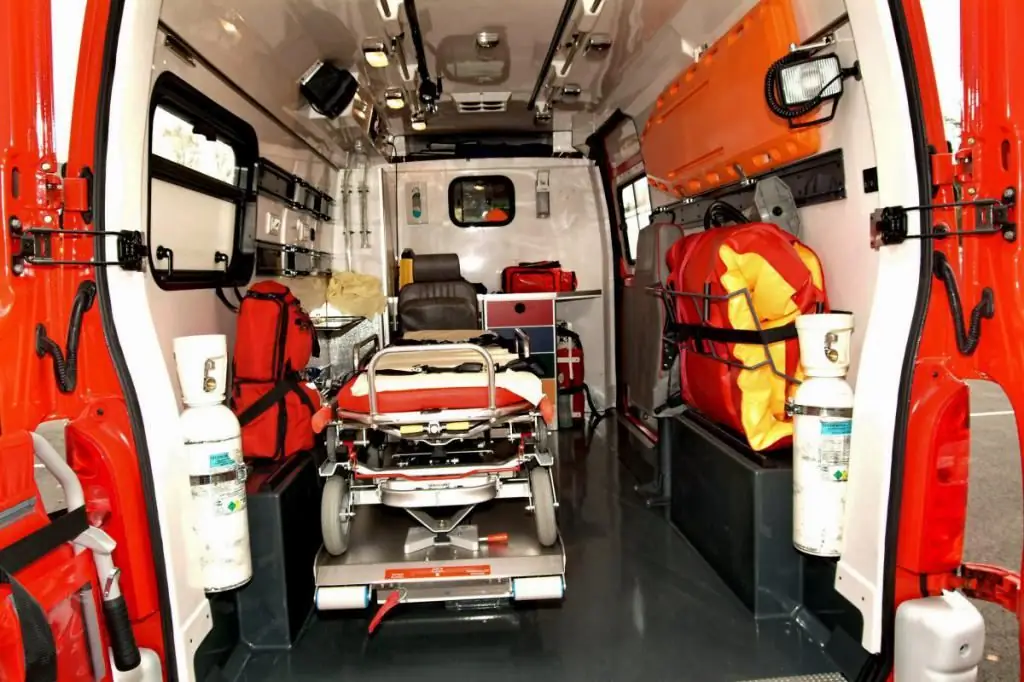
I would like to hope that this industry will develop, especially since its funding has been carried out for several years at the expense of compulsory medical insurance.
Recommended:
US Cars: photo, overview, types, specifications and reviews

The US car market is very different from the European and Asian. There are several reasons for this. First, in America they love big and powerful cars. Secondly, charisma is highly valued there, which manifests itself in appearance. Let's take a closer look at photos of US cars, their strengths and weaknesses, as well as distinctive features
Types of car tinting. Car window tinting: types. Toning: types of films

Everyone knows that different types of tinting make the car more modern and stylish. In particular, dimming the windows in a car is the most popular and popular way of external tuning. The whole advantage of such modernization lies in its simplicity and relatively low cost of the procedure
Elf engine oil: types, overview, characteristics

Elf engine oils worship speed. For over 50 years, the French oil concern has been creating high-quality lubricating fluids. This is confirmed by close cooperation with the Renault car concern, in which many sports competitions in motorsport have been won. Racing cars lead to victory not only by their drivers, but also by the design features of the car, including the oils used to protect the engine
Types of car suspensions: device and diagnostics, features and benefits of various types, reviews

Are many drivers interested in the types of car suspensions? But to know the device of your vehicle, in particular, what parts its chassis consists of, is desirable for certain reasons. This is not only an additional experience, but if necessary, you can take appropriate measures
Car operation is Types, characteristics, categories, depreciation and fuel consumption calculations, features of work and technical use
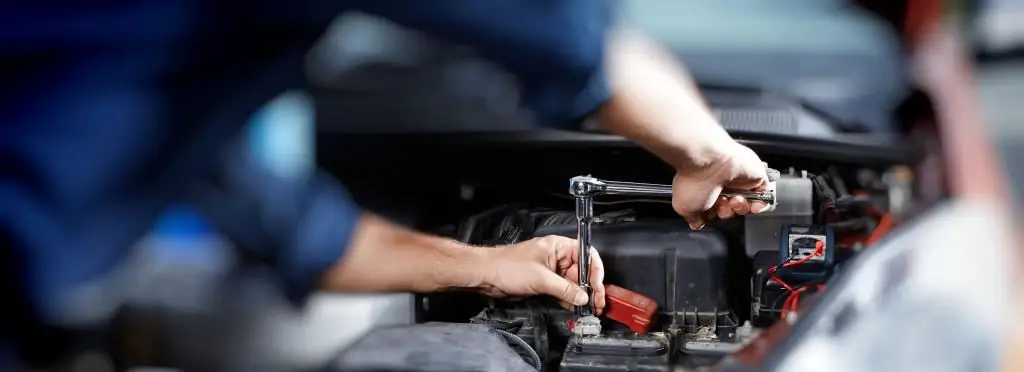
Logistics of road transport is an important factor in technical operation systems and is a process of supplying automobile enterprises with rolling stock, units, spare parts, tires, batteries and materials necessary for their normal operation. Proper organization of logistics plays a crucial role in improving the use of vehicles by keeping them in good condition

